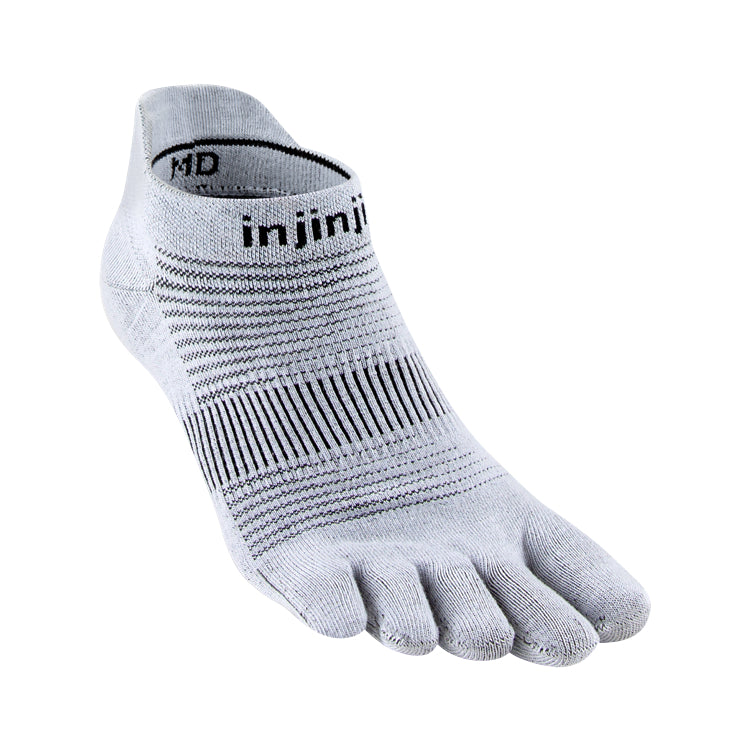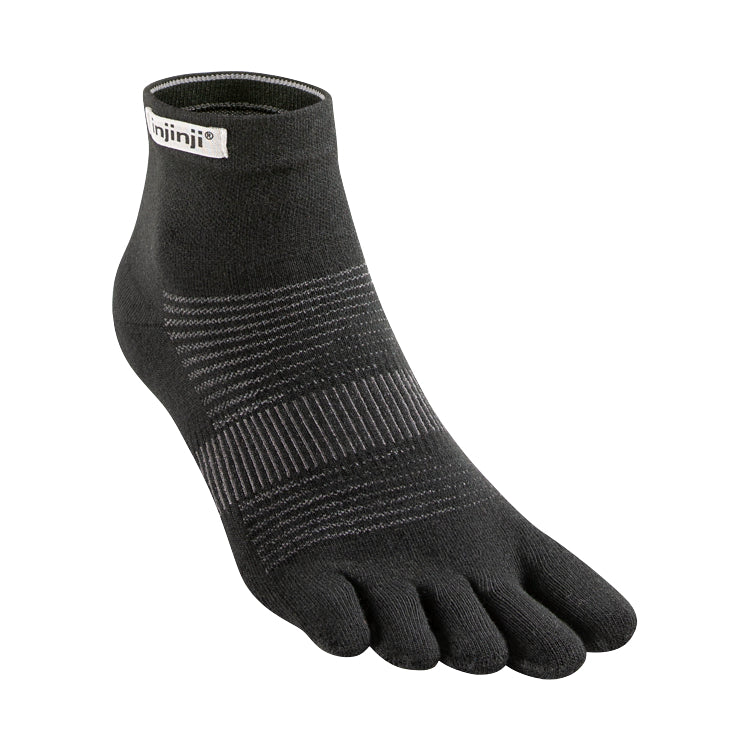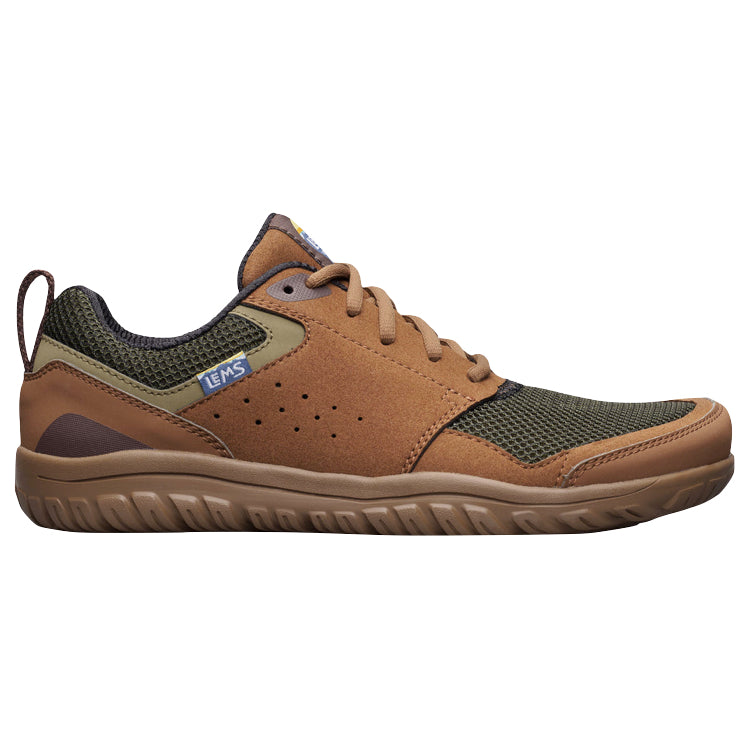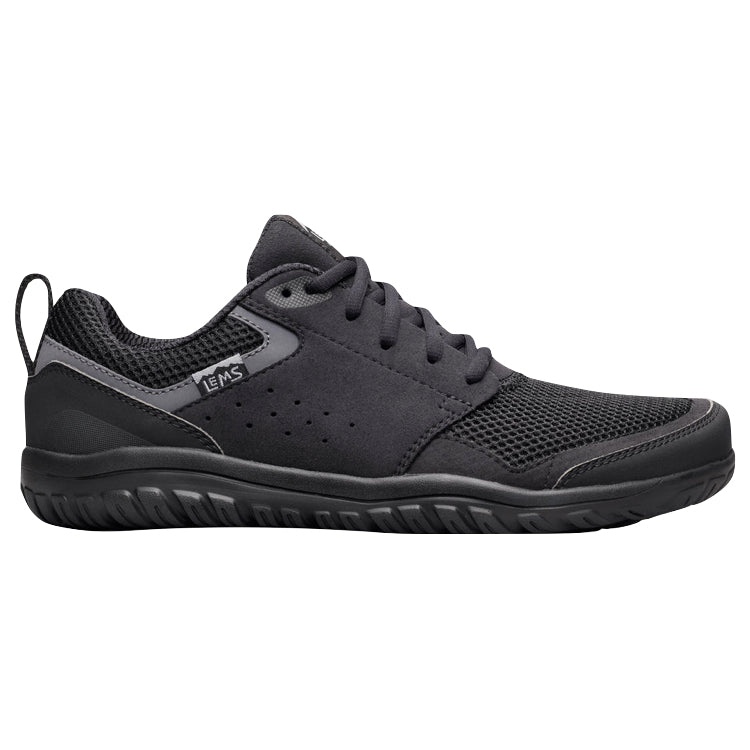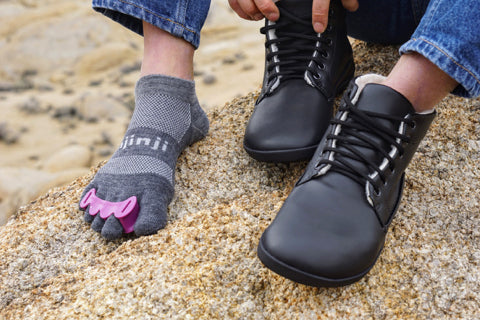
Two of the main metatarsal pad functions—restoring proper forefoot fat pad positioning and spreading out the transverse foot arch—are quite independent. In the case of the former, it's really the toe spring built into conventional footwear—and the associated toe flexor/extensor muscle imbalance it creates—that's responsible for shifting the fat pad to a position further out on the foot, closer to the ends of the toes.
Metatarsal pads, which should be positioned just behind the ball of the foot, push up in this location, which has the advantageous effect of bringing the toes back down toward the ground, where they should be. Metatarsal pads, therefore, help lengthen/stretch the too-tight, too-short toe extensors and shorten/strengthen the too-weak, too-long toe flexors, restoring balanced tendon pull on the toes. This, in turn, encourages the forefoot fat pad to shift back to its intended protective position, which is underneath the heads of the metatarsal bones.
-
Aside: Metatarsal pads, due to their relative softness and positioning, do not, in any way, function like a conventional arch orthotic, which seeks to restrict or limit foot motion. Instead, metatarsal pads seek to restore natural/healthy foot motion.
In terms of spreading out the transverse foot arch, again, it's really about the positioning of the pad behind the ball of the foot. In this location, the pad encourages the metatarsal heads to spread out, which has the desirable effect of giving the sensitive structures that travel through this area en route to the toes—such as nerves and blood vessels—more room through which to pass. Most conventional footwear, though widest at the ball of the foot, still squeezes/pinches this part of the foot, which, when combined with toe spring, can lead to problems such as neuromas.

WANT TO IMPROVE YOUR FOOT HEALTH?
Let the team at Natural Footgear help you! Subscribe to our newsletter for the latest offers and helpful info, and sign up for our FREE email courses on various topics and foot health conditions.
Sign Up →
Want to Improve Your Foot Health?
We are here to help you every step of the way. Get our newsletter for the latest offers and helpful info, and sign up for our FREE email courses on various topics and conditions, including bunions, hammertoes, neuromas, plantar fasciosis, shin splints, ingrown toenails, and more.
Sign Up →
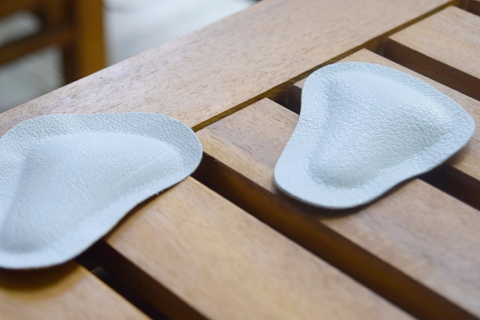 Metatarsal pads may be small and unobtrusive, but they are mighty when it comes to aiding the foot and addressing a variety of foot ills. The forefoot fat pad—a natural structure in all feet—is intended to sit underneath the ball of the foot and cushion and cradle the metatarsal heads at the point where they contact the ground. Wearing conventional shoes (i.e., shoes with elevated heels, tapering toe boxes, toe...
Read more
Metatarsal pads may be small and unobtrusive, but they are mighty when it comes to aiding the foot and addressing a variety of foot ills. The forefoot fat pad—a natural structure in all feet—is intended to sit underneath the ball of the foot and cushion and cradle the metatarsal heads at the point where they contact the ground. Wearing conventional shoes (i.e., shoes with elevated heels, tapering toe boxes, toe...
Read more





